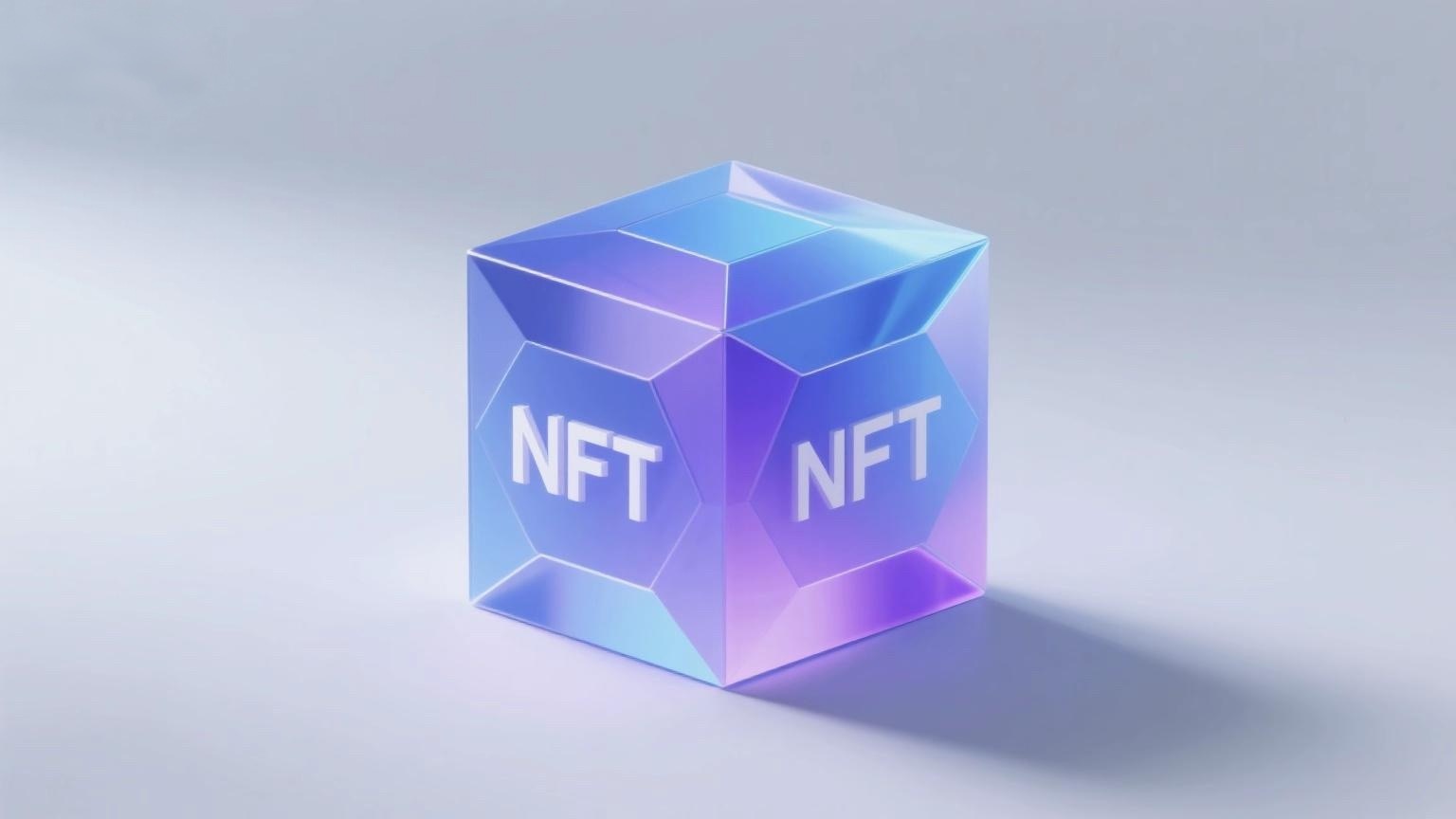
Question 1: What is a Non-Fungible Token (NFT)?
NFT stands for Non-Fungible Token, which in Chinese is "非同質化代幣." Unlike Bitcoin, which is fungible, NFTs are unique and represent easily verifiable digital assets, such as GIFs, images, videos, music albums, and more. In fact, many people may have already heard of NFTs long ago—for example, the 2017 hit game "CryptoKitties," which became so popular that it clogged the Ethereum network, with one NFT cat selling for as much as 600 ETH. More recently, NBA Top Shot has also become a prominent example.
Question 2: What Are the Characteristics of NFTs?
NFTs are inherently unique and authentic, solving major issues in the art and luxury industries. For instance, LV plans to launch NFTs to prove the authenticity of its luxury goods or track the lifecycle journey of a single handbag.
Another key feature is that ownership belongs to the user. In traditional games, players don’t truly own anything in the virtual world. However, in blockchain games, in-game assets belong to the players. Even if the game crashes or servers shut down, players still retain their NFT assets, which can also be converted into tokens for use in other games.
Theoretically, anything that exists online can be purchased as an NFT. NFTs are "a type of cryptographic token." As Ryan Duffy, author of Emerging Tech Brew, explains, the biggest difference between NFTs and cryptocurrencies is that NFTs are non-fungible—they cannot be exchanged or divided. Think of Pokémon cards: while each card can be traded, they are fundamentally different. In contrast, one Bitcoin is essentially the same as another and can be exchanged freely.
Question 3: Why Own NFTs?
One major reason to buy NFTs is their emotional value. In this regard, NFTs are not much different from physical items—unless the buyer is a strict utilitarian who only cares about material value. In real life, no one buys lip gloss purely out of necessity; people buy it largely because of the joy it brings them. The same applies to GIFs, images, videos, or other digital assets. Another important reason to buy NFTs is their potential for appreciation, allowing buyers to earn more money by purchasing and reselling them.
Question 4: How to Buy NFTs?
The process varies depending on the platform used. Currently, there are many NFT marketplaces, such as OpenSea, KnownOrigin, and Rarible. For example, on Top Shot, you first need to register and join a waitlist, which may already include thousands of NBA fans. When a digital asset is released, you may be randomly selected to purchase it. While Top Shot accepts both USD and cryptocurrency payments, some platforms, like OpenSea, only accept cryptocurrencies.
Generally, there are four common methods:
-
Purchase promising NFT tokens on major trading platforms.
-
Buy and sell NFT assets.
-
Become a crypto artist and issue your own NFTs.
-
Stake NFTs for liquidity mining.
Buying NFT-related tokens and buying NFTs are actually two different things. If you simply want to invest in the NFT sector, you can purchase top NFT tokens like ENJIN, MANA, and SAND on major exchanges.
If you want to participate in the NFT collectibles market or buy and sell NFTs for profit, general NFT marketplaces like OpenSea provide access to various NFT assets. Additionally, there are specialized platforms for crypto art NFTs, such as SuperRare and Nifty Gateway. For more details on how to use these platforms, you can contact researcher Sophia (ID: lovebit98).
Question 5: How to Participate in NFT Liquidity Mining?
There are many NFT projects that incorporate liquidity mining, such as Aavegotchi. Users can stake Aave tokens to obtain ghost-themed NFT tokens, where the collateral behind these NFTs is an interest-bearing token.
On Aavegotchi, users can stake atokens (equity tokens on Aave) to obtain little ghost avatars, each of which is an NFT token. What makes Aavegotchi unique is that the collateral behind these ghosts—atokens—are interest-bearing tokens, meaning their value grows over time.
















